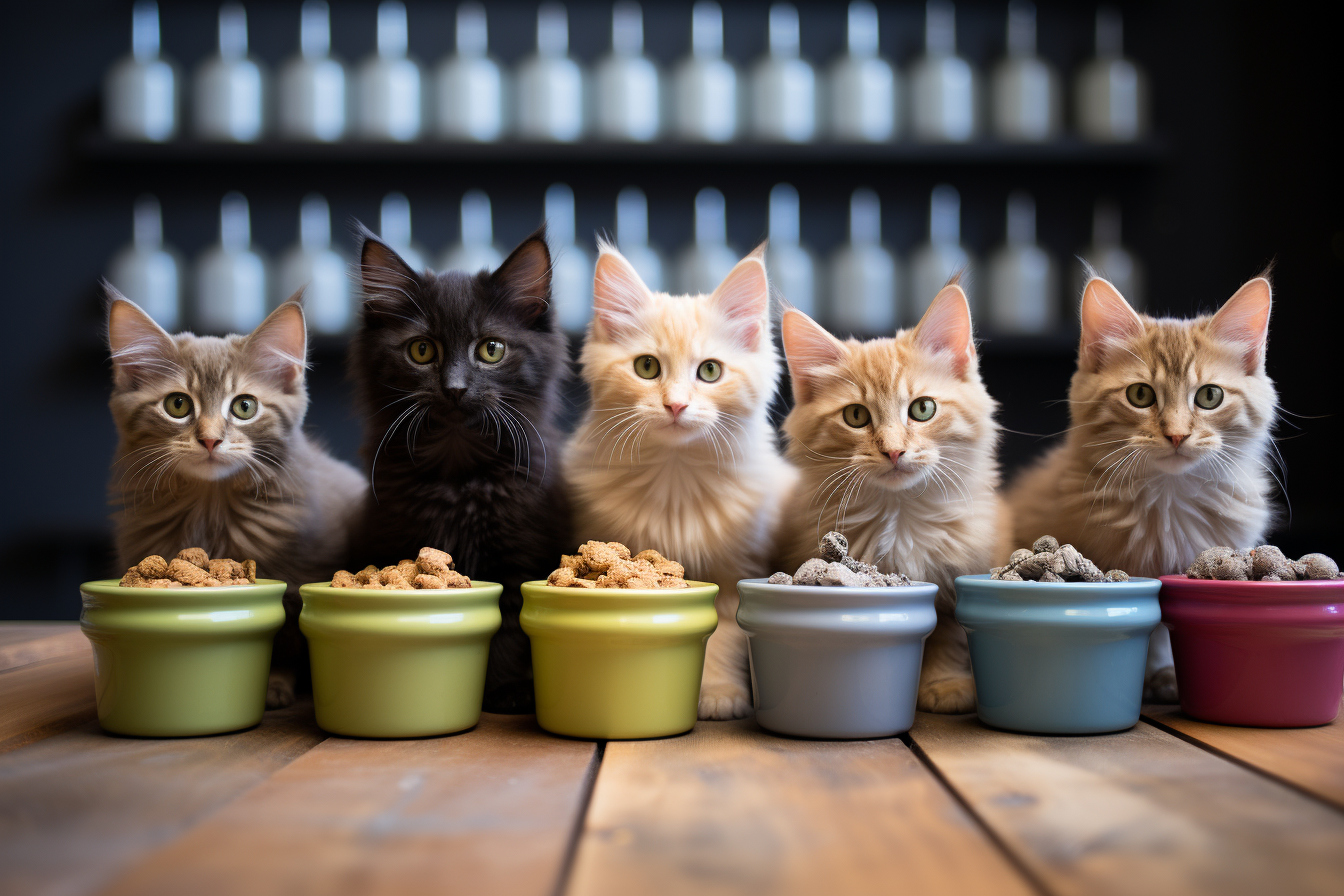Your cat deserves the best, and that includes choosing the right litter for their needs. With a multitude of options available on the market, it can be difficult to decide which litter box is best for your indoor cat.
What makes an indoor cat litter box “perfect”?
High-quality litter must meet several important criteria. First of all, it must be absorbent to effectively control unpleasant odors. No one wants to walk into a house that smells like a litter box!
Next, the litter must be clumping. This feature is essential because it makes cleaning the litter box easier. When the litter forms solid clumps, simply remove them, keeping the litter clean for longer.
Additionally, the litter should not be dusty. Cats are sensitive to dust and this can lead to respiratory problems. Dust-free litter is therefore preferable for the well-being of your cat and your family.
Finally, the litter must please your cat. Cats can be very demanding when it comes to litter. Some prefer clay-based litters, others prefer plant-based litters. It is important to observe your cat’s behavior and take its preferences into account.

The different litter options for indoor cats
Now that we know what makes a perfect litter box, let’s take a look at the different options available on the market.
- Clay-based litter: This is the traditional and economical litter. It is very absorbent, but can be dusty. Make sure you choose dust-free litter to avoid health problems.
- Bentonite Clumping Litter: This litter is similar to clay litter, but it forms stronger clumps, making cleaning easier. It is less dusty than clay-based litter.
- Plant litter: Made from natural materials such as wood, recycled paper or coconuts, plant litter is environmentally friendly. It offers good odor absorption and can be composted.
- Crystalline litter: This litter is made of silica gel crystals. It is very absorbent and lasts longer than other types of litter. However, it can be more expensive.
Some additional tips for choosing the best litter
Besides the basic criteria, there are other factors to consider when choosing the best litter box for your indoor cat.
First, make sure you buy enough litter. Litter boxes should be kept at a depth of at least 5 to 7 centimeters to provide optimal comfort for your cat.
Next, consider your cat’s preferences. If your cat is used to a particular litter box, it may be difficult to get him to change litter boxes overnight. In this case, try to introduce the new litter gradually by mixing the two types.
Finally, clean your cat’s litter box regularly. Even the best litter will need maintenance. Remove clumps every day and clean the tank thoroughly once a week.
Understanding the Environmental Concerns of Cat Litter
As our environmental awareness grows, many cat owners are wondering about the environmental impact of cat litter. Although the priority is to meet your cat’s needs, it is entirely possible to choose a litter that is both effective and environmentally friendly.
The ecological footprints of litter
Producing cat litter requires natural resources. For example, clay-based litter is mined from the earth, which can disrupt local ecosystems. Additionally, the extraction and transportation of these materials contribute to energy consumption and greenhouse gas emissions.
Biodegradable litter: a green alternative
Biodegradable litter, such as that made from wood, recycled paper or coconut, has the advantage of being compostable. So, rather than adding to the mass of waste in landfills, this litter can return to the earth in the form of compost. However, it is crucial to ensure that the litter is properly composted and not simply thrown away, as composting requires specific conditions to effectively break down waste.
Reduce the impact of traditional litter
If you prefer or your cat is more comfortable with a traditional litter box, there are ways to reduce its environmental impact. Choose brands that engage in responsible extraction practices. Additionally, consider using less litter and replacing it less often, by cleaning the box more regularly.
The importance of education and research
To make an informed choice, it is essential to find out about the different litters available and their impact on the environment. Cat owner forums, specialist blogs or veterinarians can be good sources of information.
The psychological impact of litter choice on your cat
Understanding the link between cat emotional well-being and litter box
While litter selection may seem like a simple matter of preference, in reality it goes far beyond that. Your cat’s emotional well-being can be directly linked to the type of litter you choose. Just as humans have preferences for their environment, cats also have specific needs when it comes to comfort and safety.
Cats and their territory
An indoor cat spends much of its day tending to its territory, and that includes its litter box. If the litter box is not suitable for him, it can create unnecessary stress. A cat unhappy with its litter box may avoid using its box, which can lead to unwanted behaviors like urinating outside of the litter box.
The importance of consistency
Sudden changes can be stressful for many cats. If you need to change the type of litter, it is best to do so gradually. This allows the cat to adapt to the new material without being upset.
Signals of an unhappy cat
If your cat is unhappy with the litter box, she might scratch next to the box, urinate or defecate outside, or even show signs of anxiety like hiding or being more vocal. These behaviors are often a signal that it is time to reconsider the type of litter used.
The relationship between texture and comfort
The texture of the litter is an essential factor for the comfort of the cat. Some cats may prefer a finer litter, similar to sand, while others may prefer a coarser texture. Listening to your cat’s preferences can improve their overall well-being.












